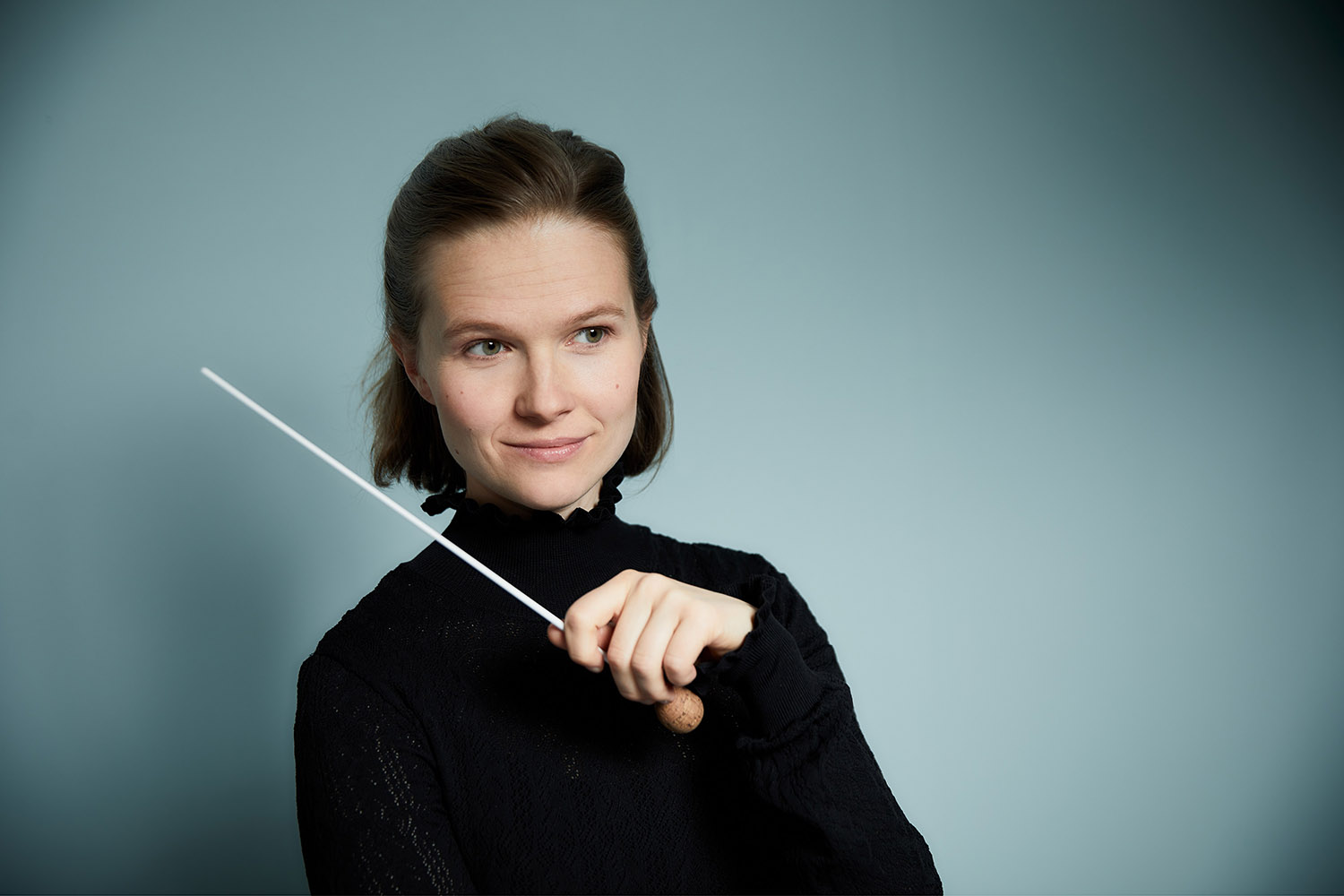How the sparks of the gods came into music
On 7 May 1824, an epoch-defining event took place in Vienna: the premiere of Beethoven’s Ninth Symphony. The Gesellschaft der Musikfreunde celebrates this great moment in music history in May 2024, with performances of the Ninth under Riccardo Muti. The Gesellschaft der Musikfreunde in Vienna was also actively involved in the memorable premiere 200 years ago: the Musikverein, as it was already written on the announcement slips, “has taken over the reinforcement of the choir and orchestra as a courtesy”. The orchestra itself was provided by the Kärtnerntortheater, at that point in time, the court opera. Thus, the predecessors of the Wiener Philharmoniker played. And in the choir sang predecessors of the Vienna Singverein.
© Peter Schramek | Musikverein
Beethoven’s Ninth – few musical works are unanimously accorded the unique rank. Yet, during Beethoven’s lifetime, it initially looks as if the Ninth was to become part of a harmonious “twin pair”. As early as the summer of 1817, Beethoven began negotiations with the London Philharmonic Society, which had ordered two symphonies from him. He sketched drafts and ideas but soon realized that his “material” would not suffice for two works, but at least he stuck to planning a large symphony. The fact that this new symphony should end with a choral finale is already part of his primary conception, and as early as 1822 he noted: “Finale – joy, beautiful spark of the gods”. In the monumental final movement, a symphony of four movements finds its climax and conclusion. What is the function of the preceding sentences in the context of the whole? Is there an overarching connection?
Beethoven hints at one by briefly echoing the other movements in the introductory section of the final movement. One hears in the quotation the majestic-dynamic essential attitude of the first movement, the exuberant energy of the scherzo, and the calm-melancholic sphere of the third movement. None of these attitudes, it seems, comprehensively fulfils man’s destiny to face his fate; Beethoven writes short comments in the sketches and remarks on the quotation of the first movement: “o no, not this, something else pleasing is what I demand”. He also distances himself from the statement of the Scherzo: “this one, too, is not better, but only a bit more cheerful”. Even the restful Adagio does not have the last word: “Even this one is too tender. One must look for something awake.” This “awakened” motif of joy pervades and determines the final movement.
“Joy” is already the central concept in Schiller, encompassing an exceedingly broad spectrum of the human condition: It ranges from expressions of cheerful exuberance (“Küsse gab sie uns und Reben”) to the sphere of metaphysical emotion (“Brüder, überm Sternenzelt muss ein lieber Vater wohnen”). Beethoven now also spans this wide arc in his music. Thus this movement unites the so contrasting emotional states of an almost “orgiastic” festive mood and moved worship, symbolized by “sphere sounds” of overwhelming sound effect.
© Todd Rosenberg
The igniting and inspiring effect of the Ninth already unfolded at its premiere on 7 May 1824. It took place in the Kärntnertortheater in Vienna because there was still no representative concert hall in Vienna. In total, three conductors were at work: Michael Umlauf had the overall direction, assisted by violinist Ignaz Schuppanzigh, who set the tempo for the orchestra while standing. But Beethoven himself was also involved, and the notice states: “Mr Ludwig van Beethoven himself will take part in the direction of the whole. With this, the organizers discreetly described that Beethoven performed here but did not play a decisive role, since Umlauf’s specifications guide the orchestra and the choir. The choral finale and the tremendous final crescendo evoke cheers and enthusiastic applause; Schindler later says he has never heard such applause. Does the audience know that they have witnessed a significant moment in music? Some people probably suspected it because three years later, at Beethoven’s funeral, tens of thousands lined the streets of Vienna.
Text by Thomas Leibnitz.






